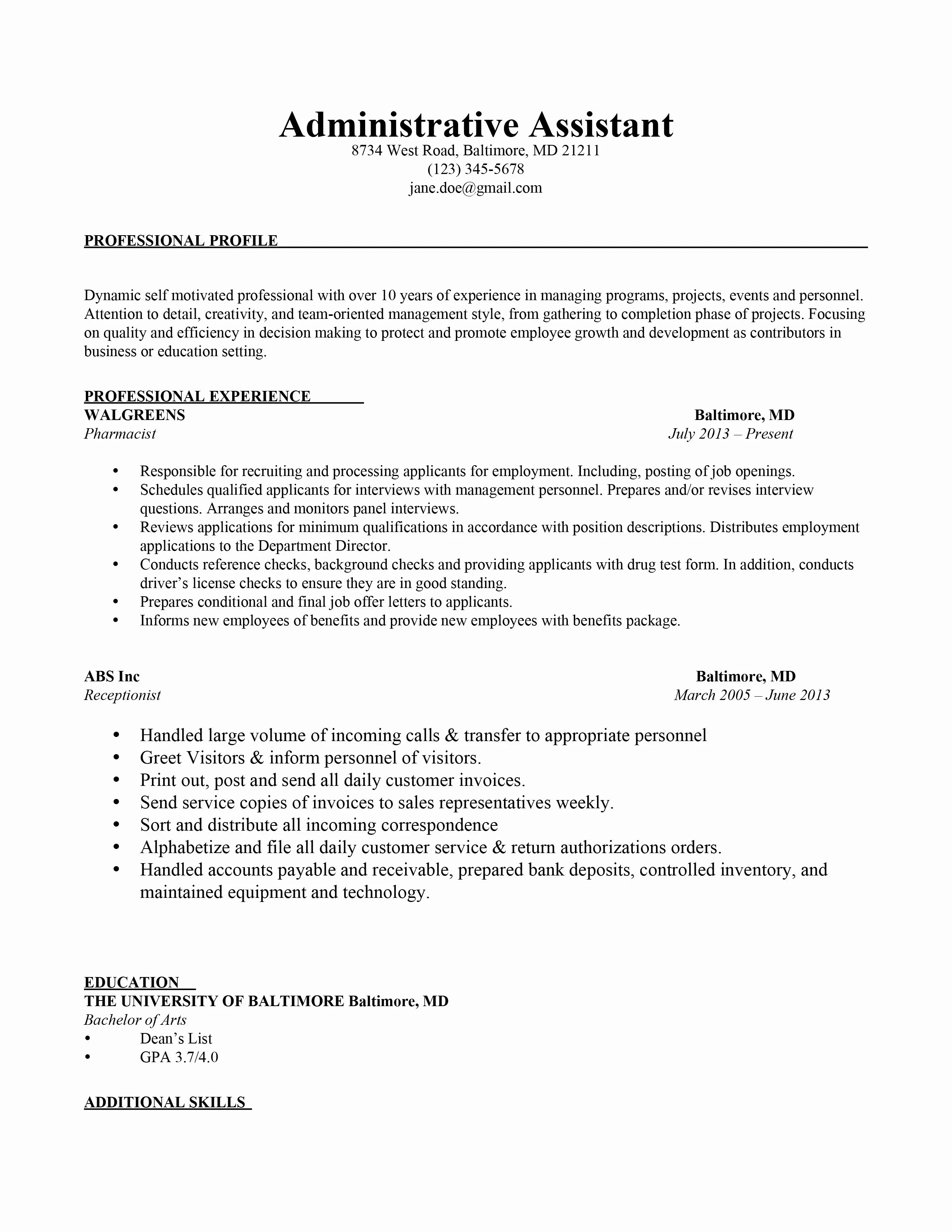Why a Great Cover Letter Matters
A great cover letter can be the crucial factor in landing your dream job. In today’s competitive job market, a well-crafted cover letter is often the first impression you make on a potential employer. It is your opportunity to introduce yourself, highlight your skills and experiences, and demonstrate why you are the perfect candidate for the position. Many employers view a cover letter as an essential part of the application process, using it to assess a candidate’s communication skills, attention to detail, and overall fit within the company culture. A strong cover letter can set you apart from other applicants and increase your chances of getting an interview. It’s a chance to go beyond the basics of your resume and showcase your personality and passion for the role. It also helps you connect the dots for the hiring manager, making it clear how your experience aligns with the specific requirements of the job.
Highlighting Your Value & Skills
Your cover letter should immediately communicate your value proposition. Clearly state how your skills and experiences align with the job requirements. Instead of simply listing your qualifications, provide specific examples of your accomplishments. Use the STAR method (Situation, Task, Action, Result) to illustrate how you’ve tackled challenges and achieved positive outcomes. Quantify your achievements whenever possible; this adds credibility and impact. For example, instead of saying ‘Improved customer satisfaction,’ state ‘Increased customer satisfaction by 15% within six months through implementing a new feedback system.’ This specificity makes your claims more convincing. Tailor your skills and experience to match the job description. Identify the key skills and requirements listed by the employer and ensure that your cover letter highlights your relevant expertise.
Showcasing Achievements
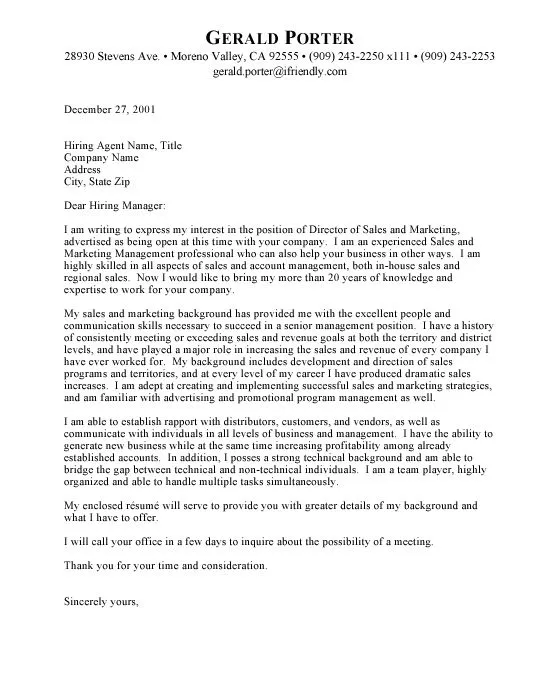
Beyond listing your skills, a great cover letter actively demonstrates your achievements. This is where you bring your qualifications to life with concrete examples. Briefly describe a situation where you faced a challenge or were tasked with a specific responsibility. Detail the actions you took to address the challenge or fulfill the task. Most importantly, present the results of your actions. What did you achieve? How did your actions benefit your previous employer or team? Highlighting your achievements provides evidence of your abilities and helps the hiring manager visualize your potential contributions to their organization. For instance, if you managed a project, mention the project’s goals, your role, and the positive outcomes, such as completing the project ahead of schedule or under budget. Consider mentioning any awards, recognitions, or positive feedback you received, as this further underscores your value and capabilities.
Cover Letter Format
Header and Contact Information
The header of your cover letter is the first thing a hiring manager sees, so make it professional and easy to read. Include your full name, address, phone number, and email address. If you have a professional online presence, such as a LinkedIn profile or a personal website, include the URL as well. Ensure your contact information is up-to-date and accurate. Consider matching the font and style of your header with that of your resume to maintain a consistent and polished look. Make sure the header is clearly separated from the main content of the letter, often using a line break or different font size to enhance readability. This section sets the tone for the rest of your application and gives the recruiter an easy way to contact you.
Salutation
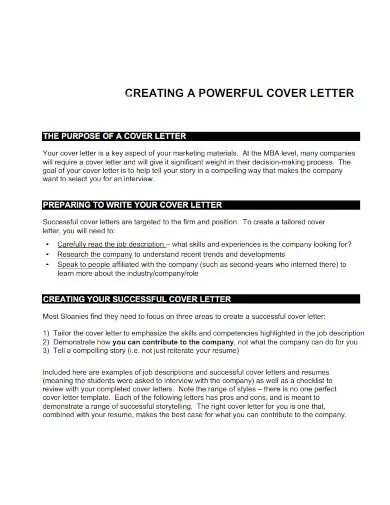
The salutation is your first opportunity to personalize your cover letter. When possible, address the hiring manager by name. This shows you’ve done your research and demonstrates a genuine interest in the position. If the hiring manager’s name is not available, use a professional greeting, such as ‘Dear Hiring Manager’ or ‘Dear [Department Name] Team.’ Avoid generic greetings like ‘To Whom It May Concern,’ as these lack personal touch and make it seem like you’re sending a generic application. Double-check the spelling of the name to avoid any embarrassing errors. Using the correct name creates an immediate connection and encourages the reader to continue reading, as it demonstrates your attention to detail and proactive approach.
Body Paragraph 1 Grab Attention
Your opening paragraph is critical; it needs to grab the reader’s attention immediately. Start with a strong statement that clearly states the position you are applying for and how you learned about it. Then, capture the reader’s interest by briefly highlighting your most relevant qualifications or a key achievement that aligns with the job requirements. Express your enthusiasm for the role and the company. Consider starting with a compelling sentence that showcases your passion for the industry or the specific job. Make a connection between your skills and the company’s needs or values. For example, you might mention a recent project you’re proud of, or explain why you’re excited about the company’s mission. This shows the recruiter why they should read the rest of the cover letter. The first paragraph sets the tone and invites the hiring manager to delve deeper into your qualifications.
Body Paragraph 2 Skills & Experience
This section is where you provide detailed evidence of your qualifications. Use the STAR method (Situation, Task, Action, Result) to describe specific examples that showcase your skills and accomplishments. Relate these examples directly to the job requirements outlined in the job description. Focus on the skills the employer is seeking and how you have demonstrated them in past roles. Quantify your achievements whenever possible to provide concrete evidence of your success. For instance, instead of stating you ‘managed projects,’ describe the size, scope, and outcomes of a project you managed, such as ‘Managed a team of five to deliver the project 20% under budget and one month ahead of schedule.’ Be sure to include keywords from the job description in a natural way. These keywords can help your cover letter get past applicant tracking systems (ATS) and grab the attention of hiring managers.
Body Paragraph 3 Closing & Call to Action
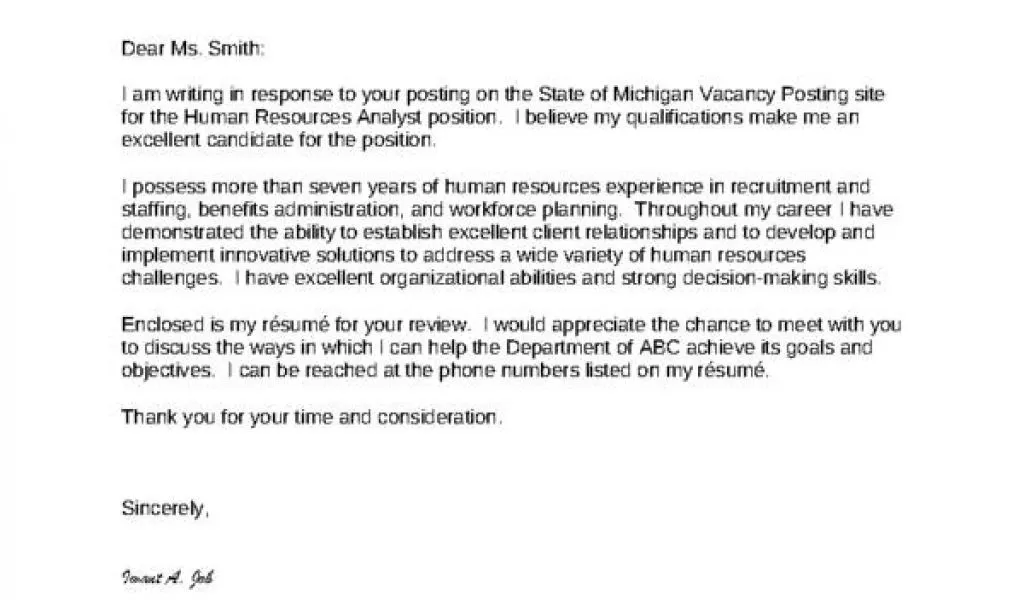
In your closing paragraph, reiterate your interest in the position and the company. This is the time to summarize why you are the ideal candidate and what you can bring to the team. Include a call to action. This encourages the hiring manager to take the next step, such as scheduling an interview. Make sure this is clear and concise. Indicate your availability for an interview and express your enthusiasm for discussing your qualifications further. For example, you could write, ‘I am eager to discuss how my skills and experience align with this role and welcome the opportunity to interview at your earliest convenience.’ Provide your contact information again to ensure easy access. End with a strong, confident statement that emphasizes your eagerness to contribute to the company’s success.
Closing
End your cover letter with a professional closing. Use a formal closing such as ‘Sincerely,’ ‘Best regards,’ or ‘Thank you.’ Avoid informal closings like ‘Cheers’ or ‘Best.’ Following the closing, include your full name and, if sending a hard copy, leave space for your signature. This adds a final touch of professionalism and respect for the hiring manager. Ensure your name is clearly visible and easy to identify. This simple act of professionalism leaves a lasting positive impression. Proofread the entire cover letter, including the closing, to ensure there are no typos or grammatical errors. This attention to detail demonstrates that you’re meticulous and care about your presentation.
Key Components of a Strong Cover Letter
Tailoring to the Job Description
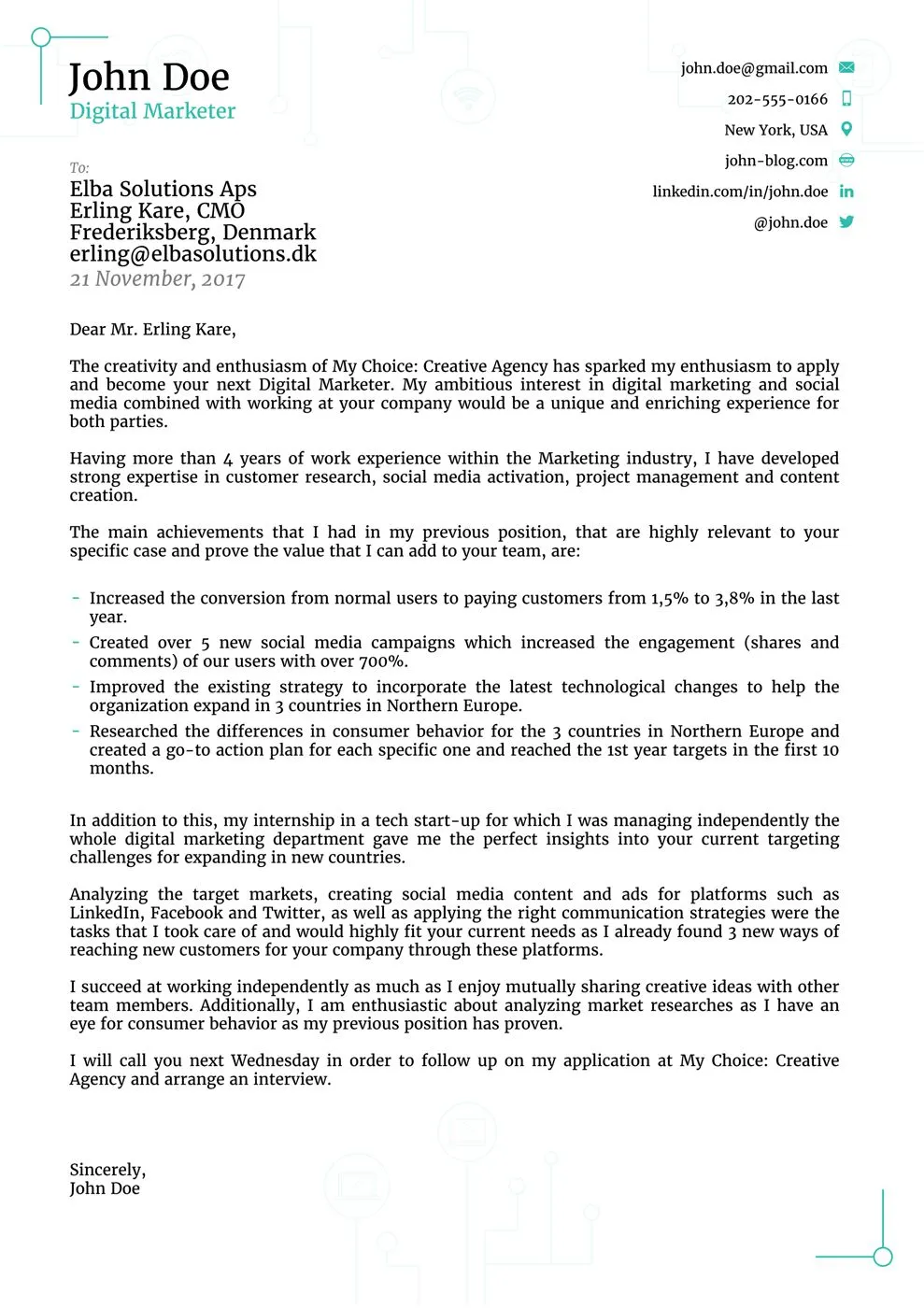
A great cover letter is never generic; it’s always tailored to the specific job and company. Review the job description carefully to identify the key skills, qualifications, and requirements. Customize your cover letter to align with these specific needs. Highlight relevant experiences and accomplishments that directly match the job requirements. Use keywords from the job description throughout your letter, but do so naturally and without keyword stuffing. This helps the hiring manager see that you possess the necessary skills. Research the company to gain a better understanding of their values, mission, and culture. Address how your skills and experiences can contribute to the company’s goals and how you can fit into their team. Take the time to craft a unique and compelling cover letter for each job you apply for, as a generic approach will not resonate with employers.
Using Keywords Strategically
Keywords are essential for attracting attention and getting your cover letter past Applicant Tracking Systems (ATS). Carefully review the job description and identify the key skills, qualifications, and industry-specific terms. Naturally incorporate these keywords into your cover letter. Avoid simply listing keywords, as this can appear unnatural and detract from the readability of your cover letter. Instead, weave them into sentences and phrases that describe your skills, experiences, and accomplishments. For example, if the job requires ‘project management’ skills, discuss your project management experience, highlighting the specific projects you’ve managed and the positive outcomes. Use a variety of relevant keywords throughout your cover letter to ensure that you address all the job requirements. By strategically using keywords, you can show the employer that you possess the required skills and increase your chances of getting noticed.
Demonstrating Enthusiasm
A cover letter is your chance to show your genuine interest and excitement for the position and the company. Start by expressing your enthusiasm for the role and explaining why you are excited about the opportunity. Mention specific aspects of the job or the company that interest you and make you feel a connection. Research the company’s values, mission, and recent achievements to identify what excites you most. Express your excitement without being overly effusive. Explain why you believe you’re a good fit and what unique skills and experiences you can bring to the team. Demonstrate your understanding of the company’s goals and how your contributions can align with their objectives. A cover letter full of enthusiasm and genuine interest can have a significant impact on the hiring manager. Show that you’re not just looking for a job, but that you’re passionate about the work and the company.
Common Mistakes to Avoid
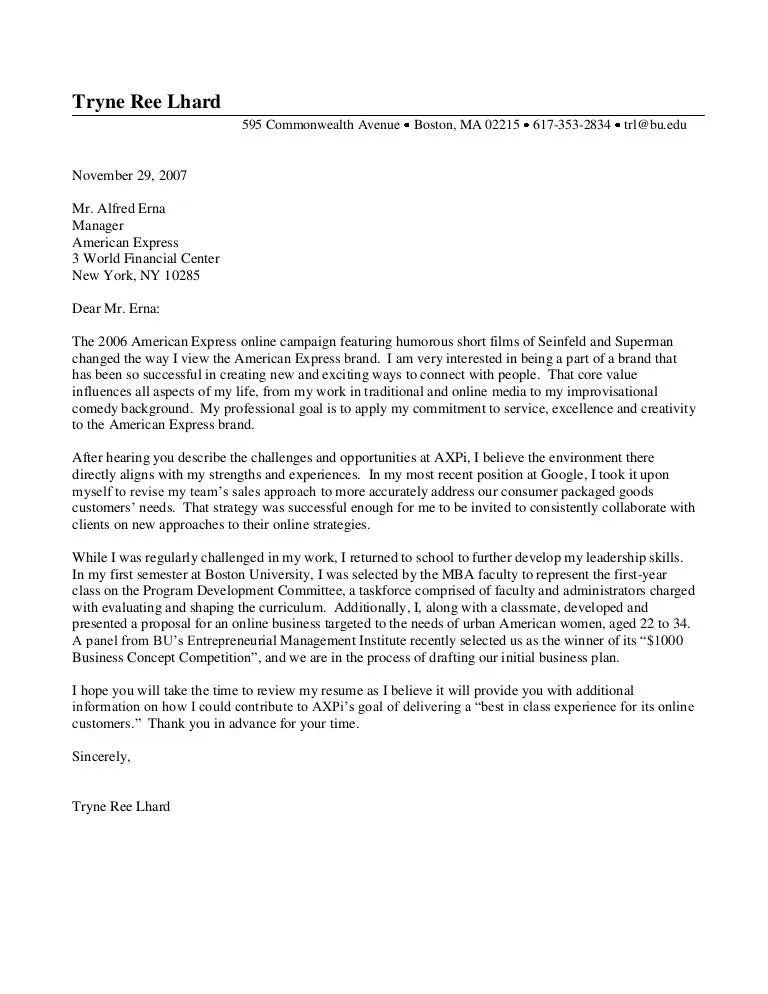
Typos and Grammatical Errors
One of the most common and easily avoidable mistakes is typos and grammatical errors. A cover letter with errors reflects poorly on your attention to detail and professionalism. Always proofread your cover letter multiple times. Check for spelling mistakes, grammatical errors, and punctuation issues. Read your cover letter out loud, as this can help you catch errors that you might miss when reading silently. Use a grammar checker to identify potential issues. Consider asking a friend, colleague, or career counselor to review your cover letter. Another set of eyes can often catch mistakes that you might overlook. Remember that every detail counts in your application, so make sure your cover letter is perfect.
Generic Content
Avoid using generic cover letters that can be sent to any company or position. A generic cover letter shows a lack of genuine interest and can suggest that you’re not serious about the opportunity. Tailor your cover letter to each specific job you are applying for. Customize your letter to match the job description and company requirements. Highlight relevant skills, experiences, and achievements that align with the specific needs of the position. Research the company and demonstrate that you understand its values, mission, and culture. Avoid using generic phrases and clichés. Instead, use unique language and personal anecdotes that demonstrate your enthusiasm and interest. Be sure to provide examples of your accomplishments. Generic cover letters lack the impact that can get you the job.
Ignoring Instructions

Always read the job description carefully. Many job postings include specific instructions or requests for cover letter content or formatting. If you don’t follow the instructions, your application may be rejected immediately. Pay close attention to the details, such as the required file format, the preferred method of submission, and any specific questions the employer asks in the job description. Answer any specific questions asked in the job description accurately and thoroughly in your cover letter. Adhering to the instructions demonstrates that you can follow directions and understand the importance of paying attention to detail. This is crucial, especially in a competitive job market. Ensure that your cover letter meets all the requirements of the job posting. Ignoring instructions is a signal of a lack of attention to detail and may lead to immediate rejection.
Cover Letter Examples That Work
Example 1 Entry Level Position
For an entry-level position, focus on your education, relevant coursework, internships, and any transferable skills. Highlight any projects or experiences that demonstrate your passion and drive. If you have limited work experience, emphasize your soft skills, such as communication, teamwork, and problem-solving abilities. Provide specific examples of how you’ve used these skills in your academic or extracurricular activities. Tailor the examples to match the job requirements. For example, if the job requires strong organizational skills, mention how you managed projects or assignments, adhering to timelines. Showcase your achievements, even if they are from volunteer work or school projects. The goal is to show that you are motivated, adaptable, and eager to learn. This demonstrates that you’re ready and willing to take on the challenges of the role.
Example 2 Experienced Professional
For an experienced professional, emphasize your accomplishments and quantify your results whenever possible. Use the STAR method to showcase your skills and provide detailed examples of your contributions to previous roles. Highlight the impact you made in your previous positions. Focus on the skills and experiences most relevant to the job description. Use keywords from the job description to make your application stand out. Clearly demonstrate how your skills and experience meet the needs of the hiring company. Customize your cover letter to show you understand the company’s objectives and how your expertise can help the company achieve its goals. The cover letter is also an excellent opportunity to showcase your leadership and expertise.
Example 3 Career Change
If you are changing careers, your cover letter should address how your transferable skills align with the new role. Highlight any relevant experiences from your previous career that can translate to the new position. Clearly explain your motivations for the career change. Show your genuine interest in the new field. Focus on skills like problem-solving, communication, and adaptability, which are valuable in any profession. Explain how your experience and skills align with the new job requirements and explain why your background makes you uniquely suited for the position. Include any relevant training or certifications that demonstrate your commitment to the new field. The goal is to make a strong case for your qualifications and showcase your ability to adapt and succeed in a different environment.
Final Thoughts
A great cover letter is a powerful tool in your job search. It is not just a formality but an opportunity to present yourself in the best possible light, showcasing your skills, experiences, and enthusiasm. By following these guidelines, you can write cover letters that capture the attention of hiring managers and increase your chances of getting an interview. Remember to always tailor your cover letter to each specific job, proofread carefully for errors, and let your personality and passion shine through. Crafting a well-written cover letter takes time and effort, but the payoff can be substantial. Take the time to create a professional and compelling cover letter to help you stand out from the competition and land your dream job. Embrace the opportunity to connect with the hiring manager on a personal level and convince them why you are the best candidate for the role.
